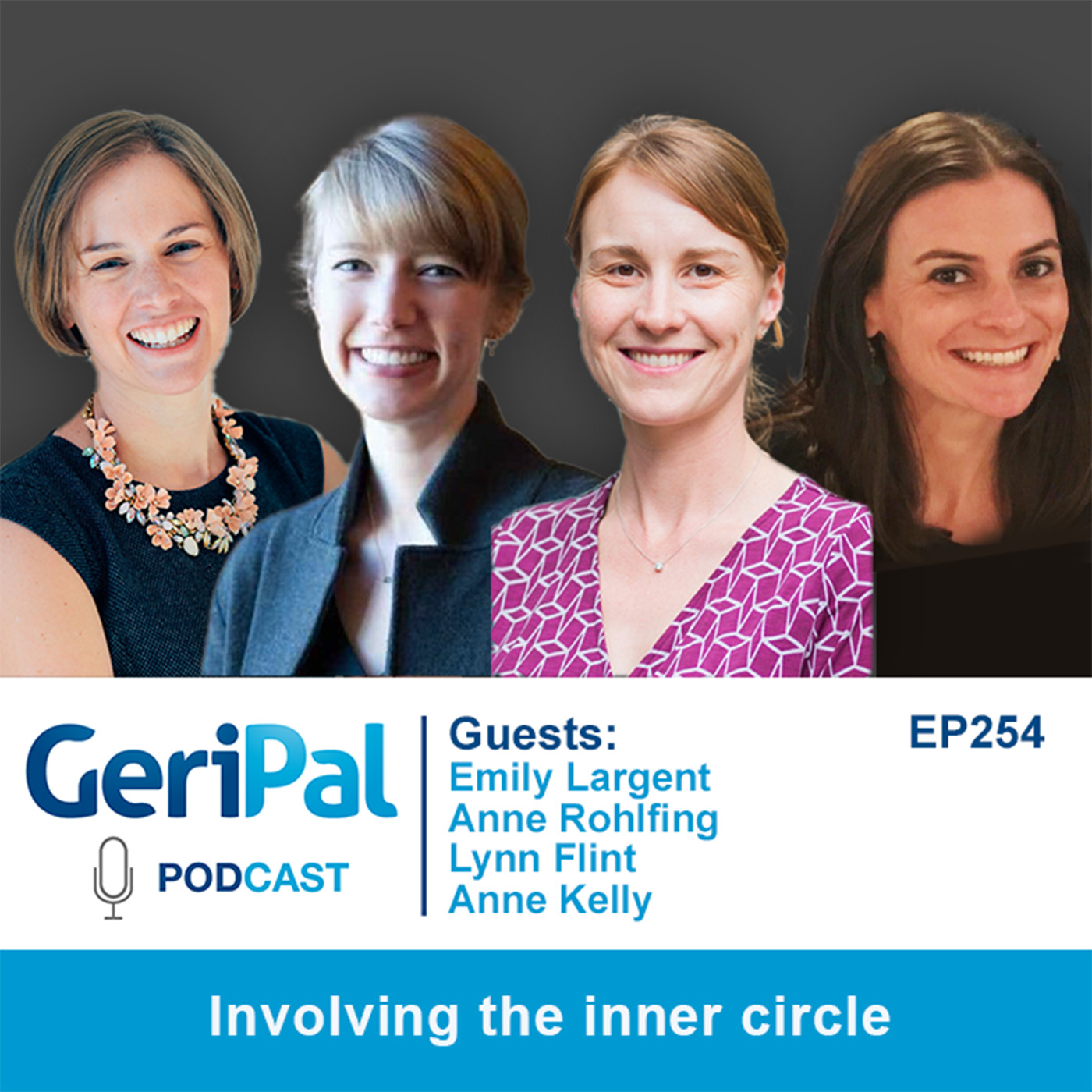Involving the inner circle: Emily Largent, Anne Rohlfing, Lynn Flint & Anne Kelly

b'
You know when you walk out of a patient\'s room and have that sense, \\u201cThis isn\\u2019t going to go well.\\u201d The patient is sick and getting sicker, and refuses to let you talk with family or other members of her inner circle.\\xa0 Should you stop at \\u201cno?\\u201d\\xa0
Today we talk with Anne Rohlfing, Lynn Flint, and Anne Kelly, authors of a JGIM article on the reasons we shouldn\\u2019t stop at \\u201cno.\\u201d\\xa0 We owe it to the patient to explore the reasons behind the \\u201cno,\\u201d commonly not wanting to be a burden to their family.\\xa0 In such cases, we owe it to the patient to use persuasion, for example, \\u201cI hear that you don\\u2019t want to be a burden.\\xa0 And I\\u2019m worried that there may come a time when you have trouble making decisions for yourself.\\xa0 We will have to reach out to your daughter then to help with decisions. Imagine her hearing for the first time that you\\u2019re sick, that you\\u2019re hospitalized, that you\\u2019re in the ICU, and that you can\\u2019t make your own decisions?\\xa0 That\\u2019s a huge amount of news all at once. It would help her to prepare if we could start talking with her now.\\u201d\\xa0
We also talk with Emily Largent, a bioethicist and former ICU nurse, who argues in a Hastings Center Report for an expanded vision of patient consent.\\xa0 Consent is often viewed as \\u201call or nothing\\u201d for any specific decision.\\xa0 Emily and colleagues have argued for a wider view of consent that continues to involve patients whose consent may fall in the gray zone - able to express some goals and values, hopes and fears - but not able to think through the complexities of a major decision.\\xa0 I\\u2019d hazard that maybe half the patients I care for at the intersection of geriatrics and palliative care fall in the gray zone.\\xa0 Emily\\u2019s expanded notion of consent is grounded in the concept of \\u201crelational autonomy.\\u201d\\xa0 Relational autonomy was was first introduced to bioethics by feminist scholars, who observed that most people do not make decisions as isolated islands. Rather, most of us live and make decisions in relationship to one another.\\xa0 Emily\\u2019s notion also borrows from pediatric bioethics, in which parents can look to young children for assent and input on decisions, empowering them to some extent.\\xa0 Invoking this principle, Emily argues for an expanded role for patients in the gray area and their inner circle working together along a spectrum of cooperative decision-making.
My favorite line from Emily\\u2019s paper: \\u201cGeriatric assent has not been widely adopted in clinical care, but bioethicists should advocate for this, as adoption of partial-involvement strategies can prolong the period in which individuals are (appropriately) engaged in decisions about their health care.\\u201d
Enjoy!
-@AlexSmithMD
\\xa0
'